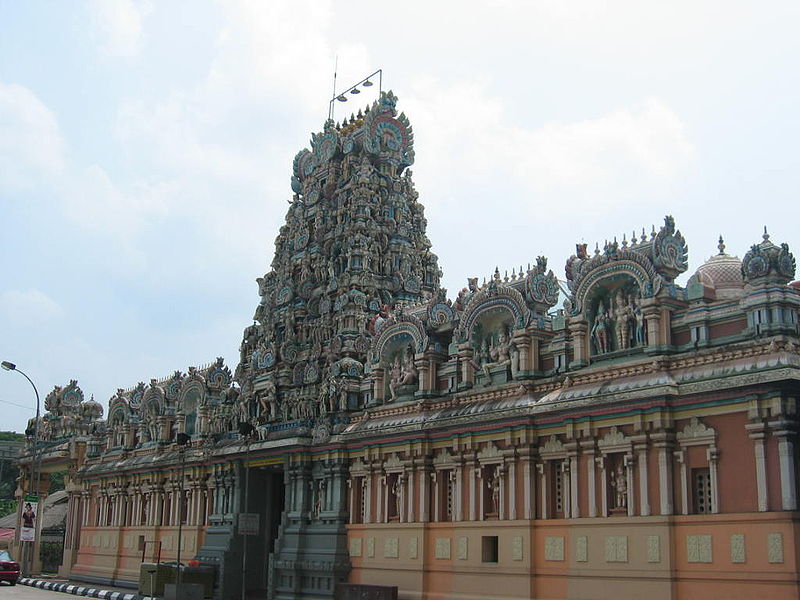- VedicFolks Exclusive Homam
- Spiritual Products
Standers 2
- VedicFolks Pooja
- Deity Idols & Statues
Standers 2
- Top Products

The battle of Thiruporur was fought against "Thalayaya Asuran" in ether or Air and connotes the vanquishing of "arrogance or pride".
Thiruporur as the very name suggests, is the venue of war ("Por" in Tamil means war) and is situated between the 40 and 41 kilometer stones on the Thiruporur High Road(Old Mahabalipuram Road-OMR ) from Chennai. Thiruporur is an ancient little hamlet nestled around the imposing "Arulmigu Kandaswamy Thirukoil".
The area covered by the Kandaswamy temple is about eight acres. The moolavar Sri Kandaswamy, which was brought from Thiruporur is two feat high and Sri Valli and Sri Deivayanai are on either side ago this presiding deity.
There are also other shrines in the temple. The uthsava moorthi is know as Sri Muthukumaraswamy with consorts Valli and Deivayanai and is enshrined in a separate shrine before a big uthsava mandapam.
There is also a separate shrine near the temple tank for Sri Kulakkarai Vinayagar with Siddhi and Buddhi as his consorts shrine, Near this Vinayagar shrine there is also a separate shrine for Sri Kasi Viswanathar and Goddess Visalakshi.
In this holy land of Tiruporur the temple of Lord Sree Kanthaswamy is located. The temple is located east facing, underneath the Pranava mountain, which is its salient aspect.
Sree Kandaswamy in this temple graces along with Valli and Deivanai. The Suyambu avatar of Lord Murugan in this temple is the most noteworthy aspect. This sthala is also beckoned as Yuthapuri.
Based on the legend, when the dual friends were on their pilgrimage to worship Tiriporur Lord Murugan it's about fifty six kilometers away situated on the Old Mahabalipuram Road when they had discovered the statue of lord Kandasami and brought to Chennai.
On an auspicious day in the year 1673 they installed the deity in a temple. Muthiyalu provided the place required to built this beautiful temple on that year.
Inception of the temple and village is an interesting story in itself. At that time the village was settled by Veera Rajendra Chola and Kulothungan- III and with their settlement, they built three temples, among which, is the Kandaswamy Temple.
The other two temples are dedicated to Vanmikhanathar i.e. Lord Siva, and to Perumal or Lord Vishnu. The Kandaswamy Temple is situated between the Shiva and Vishnu temples and Lord Kandaswamy or Shiva is the principal deity of the temple.
The temple has number of shrines of other demigods like Lord Someswara, Goddess Meenakshi, Vinayaka, Dakshinamurthy, Chandikeswara and Muthukumaraswamy, also called as Samharamurthy.
The temple has an idol of Muruga, son of the Lord Shiva, standing on five different positions, called by distinct names like: Nrutta Skandar (dancing Muruga), Brahma Sastha (created from Brahma), Balaskandar (child Shanmuga), Sivagurunathar (as teacher to Siva) and Pulinthar (vedan hunter).
Do:
Don't s: